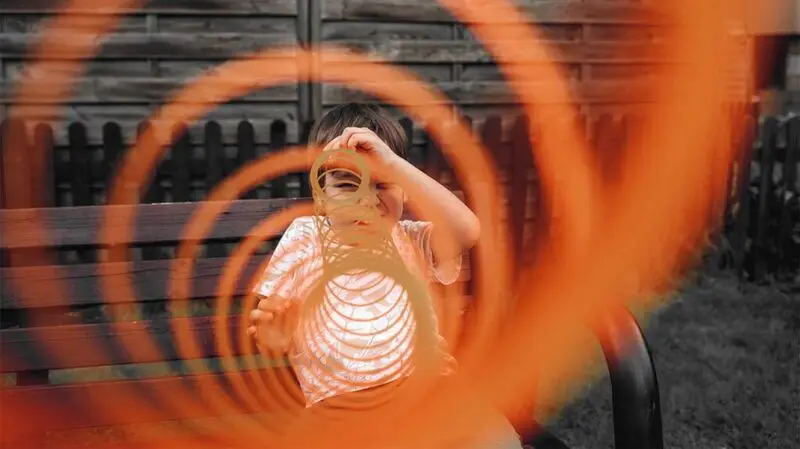
- Stimulant and non-stimulant medications prescribed for ADHD improve cognitive function, according to a new study.
- The researchers examined the long-term effects of both types of drugs, and concluded these medications offered similar — but not identical — cognitive benefits.
- ADHD medications affect the uptake of dopamine and noradrenaline, two brain chemicals that are typically lower in people with this condition.
Common medicines for treating attention-deficit hyperactivity disorder (ADHD) promote cognitive function, according to new research.
The results show that ADHD medications improve attention, inhibition, reaction time, and working memory, four key cognitive functions.
The researchers explored two types of ADHD medications that may be prescribed long-term: methylphenidate represented ADHD stimulants and atomoxetine represented non-stimulants.
Included in the meta-study were 20 methylphenidate clinical tests lasting at least a week, and eight tests of atomoxetine lasting at least three weeks.
Overall, the study authors found that chronic use of both medications produced generally similar cognitive benefits.
ADHD is associated with cognitive impairment to varying degrees. The findings of this study offer encouragement that ADHD medications could support cognitive function in children, adolescents, and adults with ADHD.
The study is published in Neuroscience and Biobehavioral Reviews.
Both stimulant and non-stimulant ADHD medications showed improvements across all cognitive domains with the exception of atomoxetine, which did not show an effect on working memory.
Menka Gupta, MD, a functional medicine doctor at Nutra Nourish, not involved in the study, explained to Medical News Today:
“Stimulants enhance dopamine and norepinephrine levels — which are crucial for attention and executive function — by blocking their reuptake. Non-stimulants also support cognitive function, but through different pathways; either by selectively inhibiting norepinephrine reuptake or by modulating alpha-2 adrenergic receptors in the prefrontal cortex.”
David Merrill, MD, PhD, a geriatric psychiatrist and director of the Pacific Neuroscience Institute’s Pacific Brain Health Center at Providence Saint John’s Health Center in Santa Monica, CA, not involved with the new research, told MNT:
“Both types of medications improve cognitive functions like attention and working memory by optimizing neurotransmitter levels and enhancing brain network connectivity.”
The cognitive benefits reported in the study suggest that an adult with ADHD may benefit from taking medications through adulthood.
“ADHD is a chronic condition, and while symptoms may change over time, it typically does not go away,” Merrill said.
“The decision to remain on medication should be individualized, taking into account the severity of symptoms, functional impairment, and side effects. Some adults may benefit from continuous medication, while others might manage symptoms through behavioral strategies or intermittent medication use,” Merrill explained.”
— David A. Merrill, MD, PhD, geriatric psychiatrist
ADHD is is prominently diagnosed in childhood, although adults may receive diagnoses as well.
This neurodivergent condition is characterized by hyperactivity, inattentiveness, and impulsivity. With hyperactivity, a person is continually moving and seemingly unable to stay still. With impulsivity, an individual may act without careful foresight.
The inattention component of ADHD involves being readily distracted and having a short attention span, as well as having difficulty following through on complex tasks.
Gupta explained that children with ADHD “may fidget, interrupt others frequently, and struggle to complete tasks.”
“Adults with ADHD, experience chronic disorganization, poor time management, and difficulty prioritizing tasks. They may feel restless, easily distracted, and find it challenging to maintain focus during meetings or day-to-day conversations,” Gupta said.
Merrill noted adults with ADHD may experience difficulty “with time management, organization, maintaining focus, and following through on tasks.”
Jasmin Dao, MD, PhD, a pediatric neurologist at Miller Children’s & Women’s Hospital, Long Beach, CA, also not involved in the study, told MNT that hyperactivity often develops around 4 years of age. “It peaks at 7 to 8 years old, and then when you get into adolescent years, that hyperactivity tends to go away a little bit more,” Dao said.
While impulsivity is usually prominent during childhood, it may last into adulthood. Dao said this is the most common ADHD trait seen in adults, and it may negatively impact a person’s social skills.
There appear to be a few reasons ADHD symptoms may become less severe as a person ages.
One is the maturation of the brain that occurs from adolescence to early adult, Dao said. “During the childhood and adolescent years, the brain is going through a very intense rewiring and pruning process,” she explained.
“The choices you make when you’re a teenager you don’t necessarily make when you’re an adult because you kind of learned certain pathways and your prefrontal cortex is more solidified,” Dao noted.
Dao cited an example of how experience helps many people with ADHD assist in the rewiring: “An adult with ADHD has learned, ‘OK, I have a lot of tasks I need to do — I’ll just write them down and checkbox them, so they develop coping skills and executive function.’”
It is not entirely clear what causes ADHD, but several factors are likely involved and may impact one another. Since ADHD runs in families, there can be a genetic component to the condition.
Another likely factor, Dao said, “is just how your brain is structured and formed and the network that makes. A lot of studies show that certain areas of the brain and people with ADHD are smaller or bigger than people who don’t have ADHD.”
Dao noted that differences may include “your prefrontal cortex, which is involved in executive function, your basal ganglia, which is involved in motor planning. Your reward systems and limbic areas are all different in people with ADHD.”
“Then, the brain is also chemically different. We know that, and that’s probably more important because that’s where the drugs’ target is,” Dao explained.
“A simple way of thinking of it is we know that dopamine and noradrenaline [norepinephrine] levels are low in patients with ADHD,” she added. Dopamine is typically associated with happiness and reward.
“I think that’s a large part of it, from the impulsivity standpoint, you know, getting those rewards hits. The other part is dopamine, [which] is a big part of your basal ganglia with things like movement and hyperactivity. So it’s kind of like this feedback inhibition loop.”
— Jasmin Dao, MD, PhD, pediatric neurologist





